Reading Comprehension Teaching Resources
Explore printable reading comprehension worksheets, digital activities and more to teach reading comprehension strategies in your primary classroom. Created by teachers, for teachers, the teaching resources in this collection are aligned with the Australian curriculum and have undergone a careful review by a member of our expert teaching team.
You'll find editable versions to easily differentiate your instruction for individual students, plus various options to make your lesson planning easier this school year!
New to teaching this portion of the English curriculum or just looking for fresh and engaging ways to teach reading comprehension strategies? Read on for a primer from our teacher team, including a simple definition of reading comprehension, a look at different strategies students can use and more!
What Is Reading Comprehension?
We'll start at the beginning! Reading comprehension is a skill that's hard to overestimate in terms of its importance for early years students to develop.
Defined as the ability to understand and interpret written language, reading comprehension involves the process of decoding text, extracting meaning from it, and then integrating that meaning with prior knowledge and understanding.
Not only does comprehension comprise the ability to recognise and understand individual words, but it also involves the ability to recognise patterns and relationships within sentences and paragraphs, as well as the ability to make inferences and draw conclusions based on the information presented.
This isn't just important for reading, of course.
Comprehension is all about making meaning, and it includes various levels of understanding, including:
- Literal
- Inferential
- Evaluative
- Critical
If you think about it, we rely on these skills on a daily basis — when we notice the stooped shoulders of a partner as they walk in the door or when we listen to the weather report and observe how heavily laden the sky is with grey clouds.
To develop those same skills in a reading context, our students need to build a variety of language skills, such as vocabulary knowledge, grammar and syntax, as well as cognitive processes, such as attention, memory and critical thinking.
So how do they get there? Let's talk strategies!
What Are Reading Comprehension Strategies?
As you well know, students don't start off being able to comprehend every single thing they read. But teaching them strategies to understand better and retain information will allow them to go from recognising individual words to understanding a range of texts.
Some common reading comprehension strategies include:
- Previewing — This is the process of skimming the text before reading it in detail to get an overall sense of what it is about.
- Activating Prior Knowledge — Students can draw on existing knowledge and experience to help them understand new information, such as a new text.
- Making Connections — This strategy focuses on teaching students to make connections between a text and their own experiences and understandings. Research into the science of reading has shown enhanced comprehension when students are able to connect new information to information they already know.
- Questioning — In this comprehension strategy, students ask and answer questions to clarify the meaning of the text and deepen their understanding. When you centre questioning activities around the familiar open-ended prompts of who, what, when, where, how, why, and which, students assert their understanding and identify any gaps in their comprehension of the text. Questions can be posed by a teacher, by their peers, or by the students themselves.
- Visualising — Visualisation provides both teachers and students with another means to extend their exploration of a text and deepen understanding. This reading comprehension strategy asks students to create and describe an image in their mind, centered around a place, situation, or character in the text. Visualising has been proven in research to improve student recall! Using the five senses is a great way to scaffold student comprehension through visualising.
- Summarising — Summarising is a reading comprehension strategy that asks students to reflect on the text and communicate their understanding of it. A well-formed summary is made up of the main idea of the text and the key details that support the main idea, showing that the student has understood what they’ve read well enough to write a summary that’s not merely a repetition of the text.
- When summarising, students may complete one or more of the following:
- Recount the text in their own words
- Identify the main idea, topic or purpose
- List key words or phrases
- Identify structural elements of the genre
- Using the SWBST process can help students with this reading comprehension strategy. The steps in the SWBST process are:
- Somebody
- Wanted
- But
- So
- Then
- When summarising, students may complete one or more of the following:
- Inferring — The process of drawing conclusions based on clues or evidence presented in the text is called inferring, and it involves readers using what they know and pairing it with what they read in the text to make a conclusion. You may also call this 'reading between lines!'
- Monitoring Comprehension — When monitoring comprehension, students reflect on and assess their understanding as they progress through the text. In this metacognitive process, students may ask themselves questions like 'Is this making sense?' or 'Do I need to read this again?'
- Some comprehension strategies that may be effective may include going back to reread a section of a text, slowing down or speeding up your reading rate, and using text features to help understand difficult parts of a passage. All of these are active reading strategies that students can do to help them better understand what they are reading, while they are reading!
- While monitoring asks students to identify hurdles and barriers, students also benefit from connecting this reading comprehension strategy with explicit strategies to help them pass their hurdles.
All of these comprehension strategies can be taught and practised explicitly.
- Plus Plan

Community Helpers: Nurse – Comprehension Worksheet
A comprehension worksheet for an article from the Foundation magazine (Issue 2).
- Plus Plan
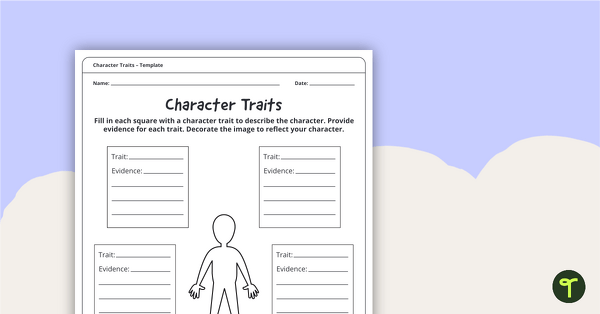
Character Traits Graphic Organiser
Describe the most notable mental and moral qualities of a real or fictional person.
- Plus Plan
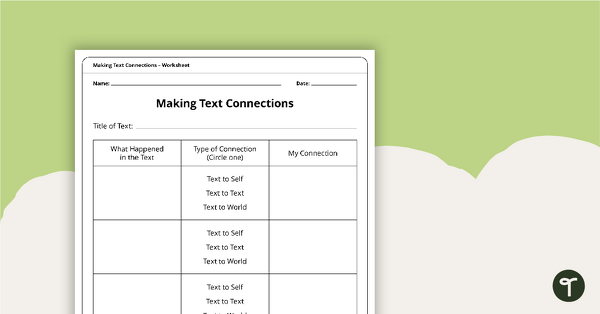
Making Text Connections Graphic Organiser (Years 3–6)
A graphic organiser to use with students when making connections with a text.
- Plus Plan
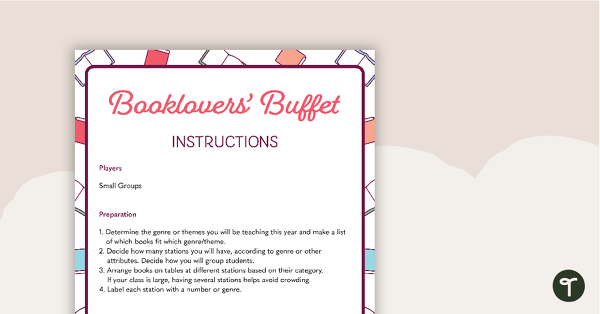
Booklovers' Buffet
A fun reading activity to help students discover books they enjoy.
- Plus Plan
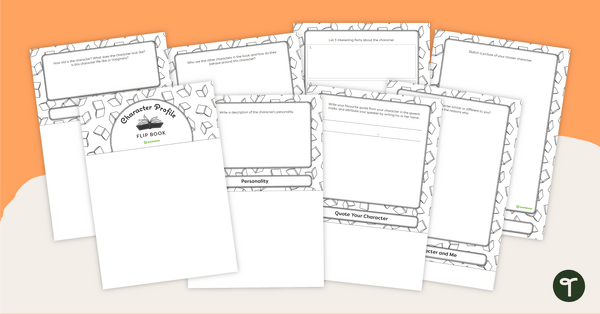
Character Profile Flip Book - Lower Primary
Explore story characters with this flipbook template for lower primary students.
- Plus Plan
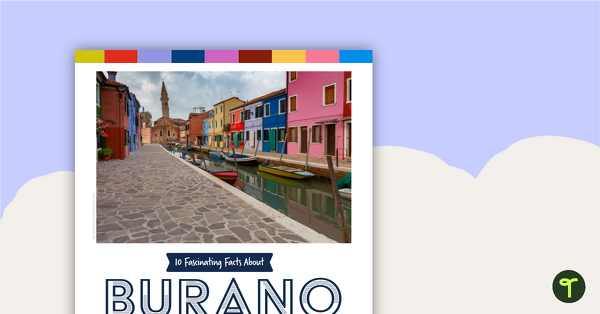
10 Fascinating Facts About Burano – Worksheet
A comprehension worksheet for an article from the Year 3 magazine (Issue 3).
- Plus Plan
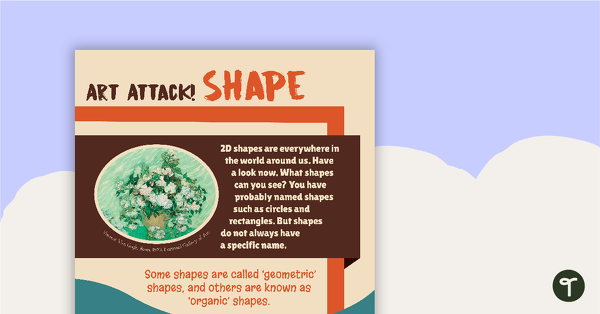
Art Attack! Shape – Worksheet
A comprehension worksheet for a magazine article from the Year 2 magazine (Issue 3).
- Plus Plan
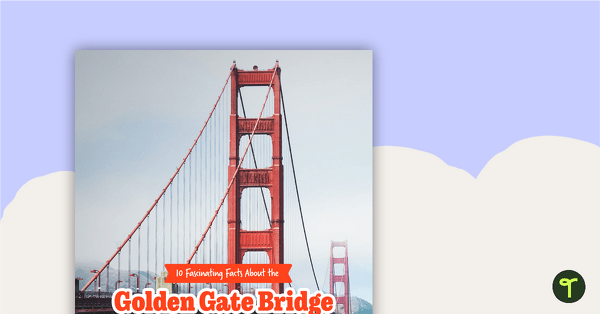
10 Fascinating Facts About the Golden Gate Bridge – Worksheet
A comprehension worksheet for an article from the Year 4 magazine (Issue 3).
- Plus Plan
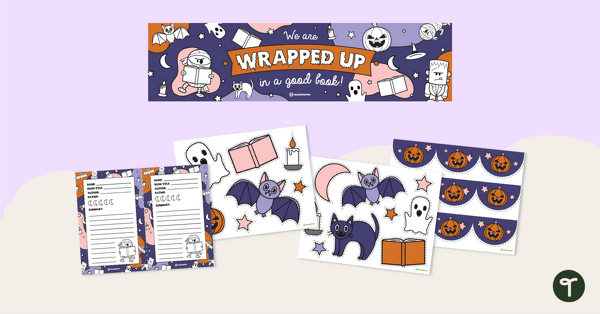
Halloween Display – Wrapped Up in a Good Book
Download a printable Halloween bulletin board set for your classroom library or school library. Showcase your students’ insightful book reviews with our Halloween-themed classroom display.
- Plus Plan

Welcome to Australia! – Worksheet
A comprehension worksheet for a country profile from the Year 3 magazine (Issue 2).
- Plus Plan
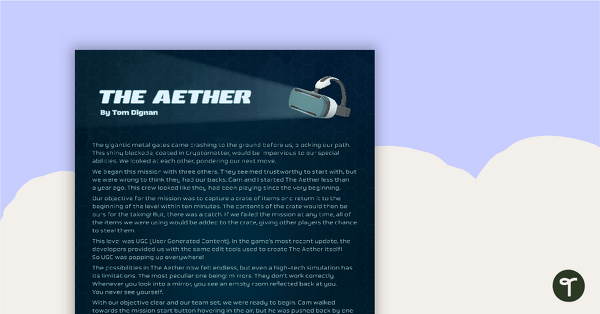
The Aether – Worksheet
A comprehension worksheet for a narrative from the Year 5 magazine (Issue 3).
- Plus Plan
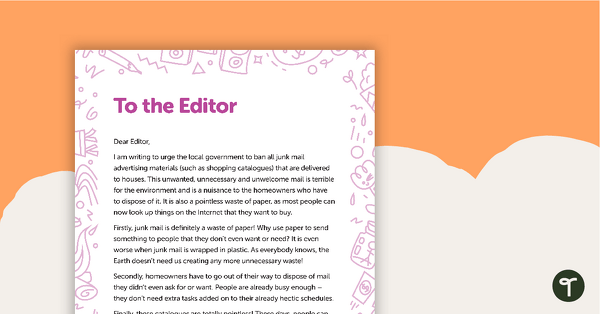
Letter to the Editor (Junk Mail Ban) – Worksheet
A comprehension worksheet for a letter to the editor from the Year 4 magazine (Issue 2).
- Plus Plan

Team Trials: Success Celebrators – Comprehension Worksheet
A comprehension worksheet for a comic about the importance of good sportsmanship and celebrating the success of others.
- Plus Plan
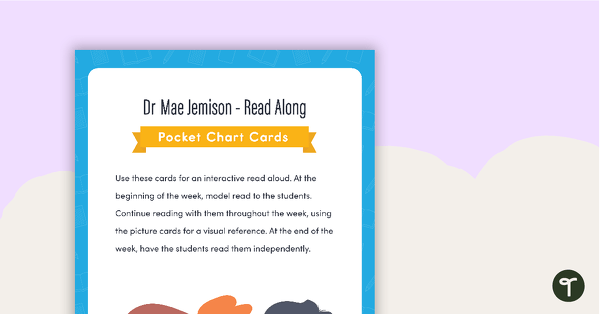
Read Along Pocket Chart Cards – Dr. Mae Jemison
A set of pocket chart cards to use for reading and sight word practice.
- Free Plan
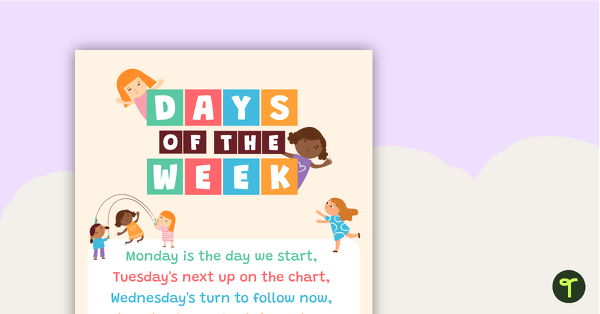
Days of the Week – Worksheet
A comprehension worksheet for a magazine article from the Foundation magazine (Issue 3).
- Plus Plan
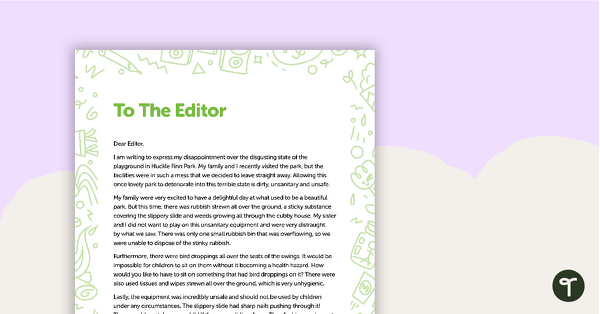
Letter to the Editor (Huckle Finn Park Disgrace) – Worksheet
A comprehension worksheet for a letter to the editor from the Year 6 magazine (Issue 2).
- Plus Plan
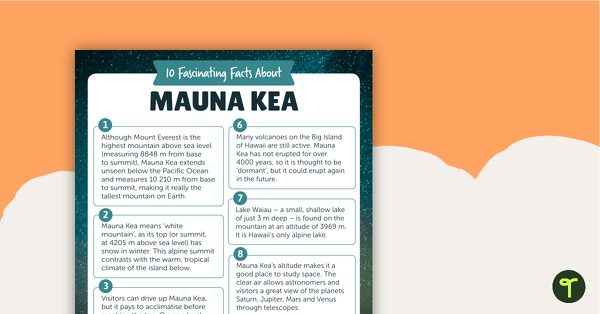
10 Fascinating Facts About Mauna Kea – Comprehension Worksheet
A comprehension worksheet for an article about ten facts about Mauna Kea in Hawaii.
- Plus Plan
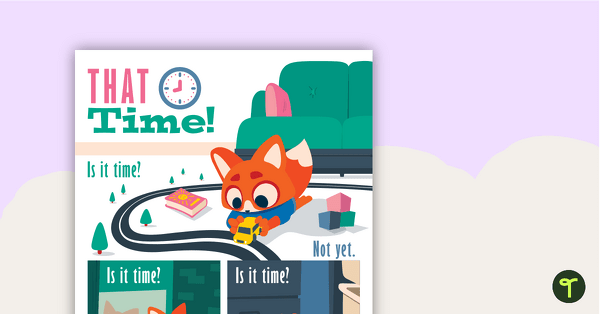
That Time! – Worksheet
A comprehension worksheet for a comic from the Foundation magazine (Bonus Issue).
- Plus Plan
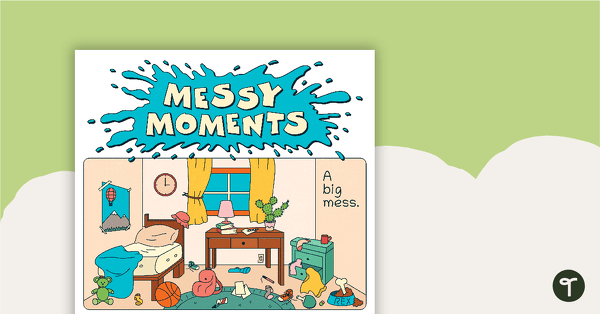
Messy Moments – Worksheet
A comprehension worksheet for a comic from the Foundation magazine (Issue 3).
- Plus Plan
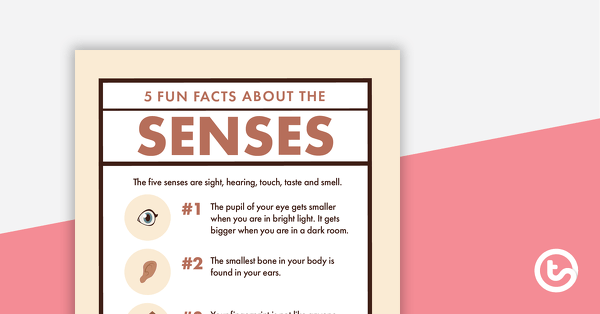
5 Fun Facts About the Senses – Worksheet
A comprehension worksheet for an article from the Foundation magazine (Bonus Issue).
- Plus Plan
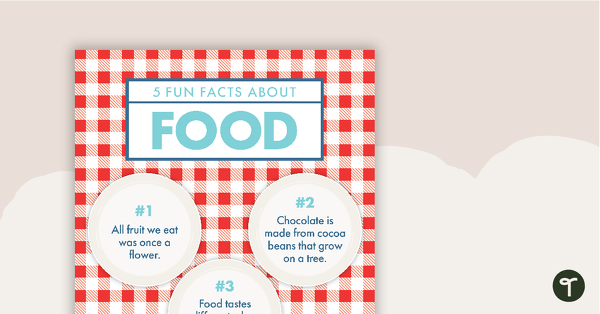
5 Fun Facts About Food – Worksheet
A comprehension worksheet for a magazine article from the Foundation magazine (Issue 3).
- Plus Plan
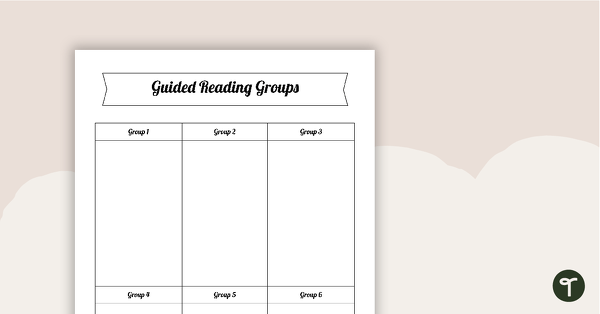
Guided Reading Groups - Organiser Template
Use this template to easily identify your guided reading groups and move students to different levels.
- Plus Plan
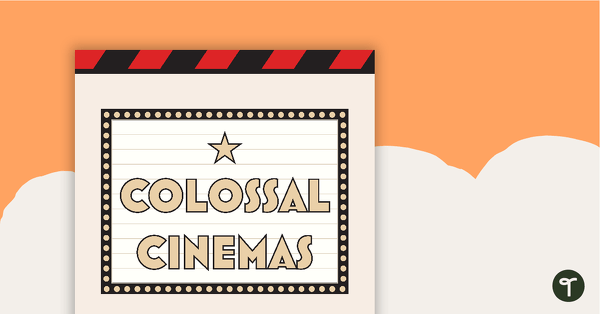
Colossal Cinemas: Movie of the Times – Project
An inquiry project in which students compare and contrast movies from today with those from a chosen decade.
- Plus Plan
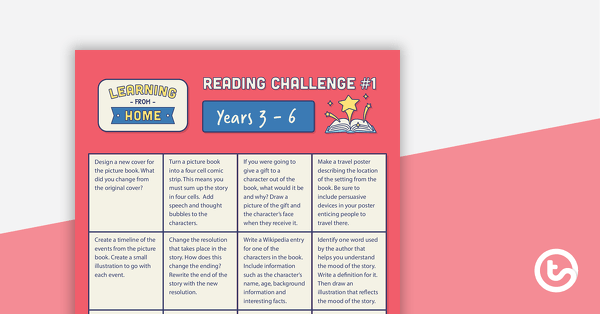
Home Reading Challenge #1 – Years 3-6
A set of reading activities that parents can use to educate children remotely or that teachers can send to students working at home when schools are closed.
- Plus Plan
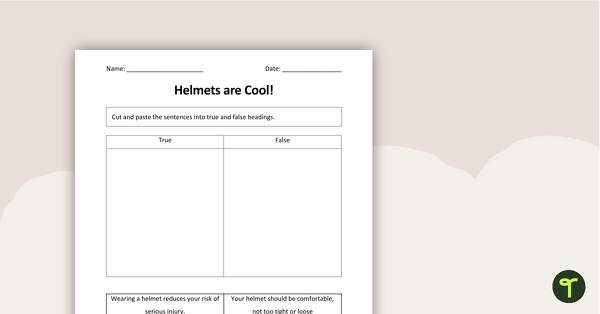
Helmets Are Cool! - True or False Comprehension Worksheet
A worksheet about bike riding safety.
- Plus Plan

Bike Riding is Awesome! - Comprehension Worksheet
A worksheet about bike riding safety.
- Plus Plan
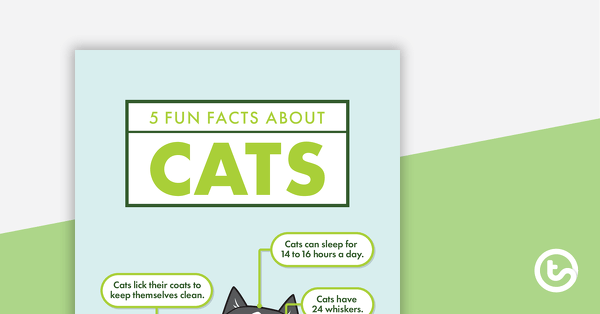
5 Fun Facts About Cats - Read and Respond Worksheet
A '5 fun facts ...' information sheet and worksheet.
- Plus Plan
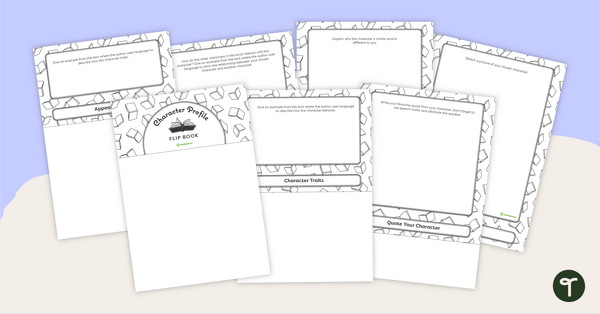
Character Profile Flip Book - Upper Primary
Explore how authors use language to describe characters with this versatile flipbook template.
- Plus Plan

Visualise Poster
A poster highlighting how to visualise when reading a piece of text.
- Plus Plan
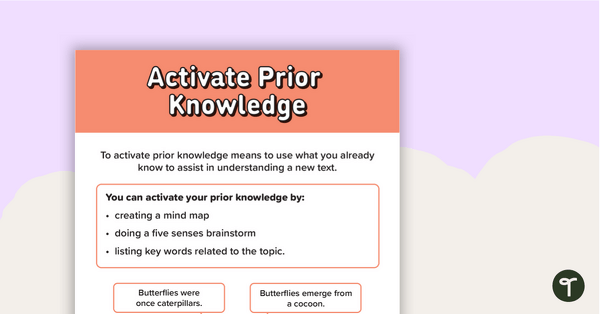
Activate Prior Knowledge Poster
A poster highlighting how to activate prior knowledge when reading a piece of text.
- Plus Plan
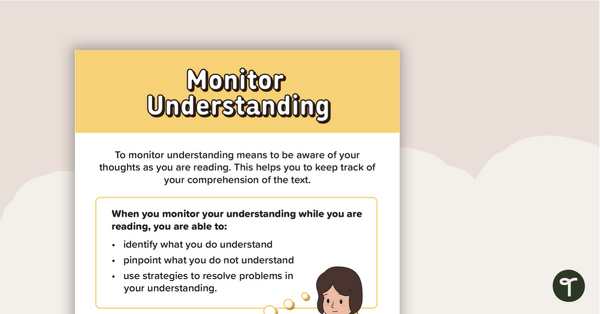
Monitor Understanding Poster
A poster highlighting how to monitor understanding when reading a piece of text.
- Plus Plan
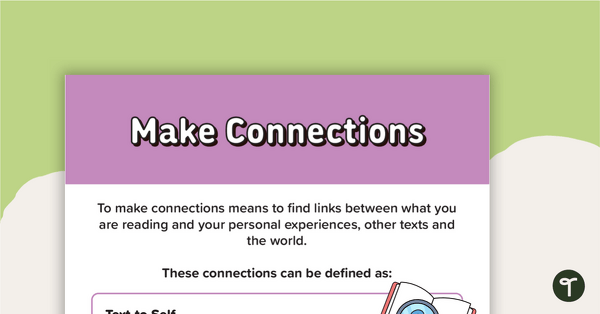
Make Connections Poster
A poster highlighting how to make connections when reading a piece of text.
- Reading Comprehension Worksheets
- Reading Comprehension Templates
- Reading Comprehension Posters
- Reading Comprehension Teaching Presentations
- Reading Comprehension Games
- Reading Comprehension for Foundation Year
- Reading Comprehension for Year 1
- Reading Comprehension for Year 2
- Reading Comprehension for Year 3
- Reading Comprehension for Year 4
- Reading Comprehension for Year 5
- Reading Comprehension for Year 6
- Reading Comprehension for Year 7